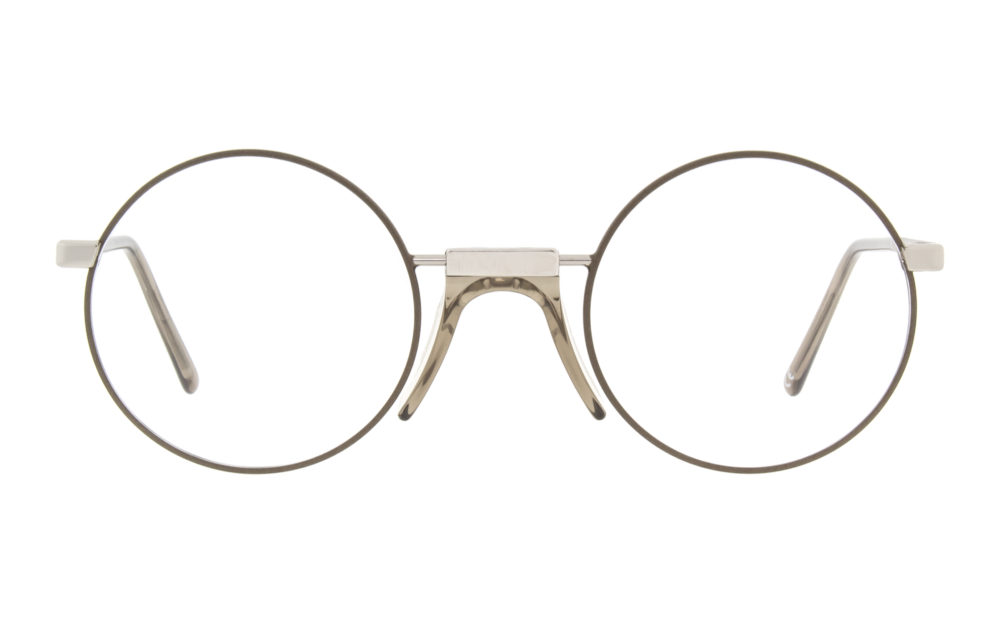You may have seen the words Single PD, Dual PD, binocular PD, or monocular PD on your prescription. Or perhaps you heard your doctor use the words “pupillary distance” and wondered what it meant. PD is short for “pupillary distance, which is defined as the distance between your pupils.
Although it is not always included on your prescription, PD is useful for getting a correct fit with your eyeglasses, and it may be even more important for certain types of prescription lenses, such as progressive lenses, to make sure the glasses work well for the patient and don’t cause eye strain. However, it is always a helpful number to know and have on hand for whenever it is time to purchase new frames.
Single PD or Dual PD?
Although both single and dual PD can be helpful for determining lens fit and size, dual PD is perhaps considered the more accurate of the two. This is because single PD simply measures the distance between both pupils, while dual PD measures the two distances from the bridge of the nose to the pupil of each eye. Most faces are not perfectly symmetrical, so this provides a better number.
How to Measure Your PD
There are many different methods that you can use to measure your PD. Any of them can give you a fairly accurate reading to use when purchasing eyeglasses frames. If a dual PD is needed for special progressive or bifocal frames, it may be best to get an accurate number from your optometrist. However, if a single PD is all that is needed, you can follow these methods.
Millimeter Ruler
Since PD is measured in millimeters, you will need a millimeter ruler for most of these methods. The first method requires only a ruler and a mirror to help you position and read the ruler correctly. In order to get your measurement, you will need to position your face approximately 8 inches from the mirror. Next, place the ruler on your forehead, keeping it flat and straight.
Then, close one eye and place the ruler at zero in the center of the open eye. Close this eye, and open the other and then read the measurement that is in the center of that eye. This will give you your single PD.
Use an Old Pair of Glasses
Standing about 20 feet away from a chosen object, put on an old pair of glasses, and focus on the object. With a dry erase marker, make a dot on the glasses where the object appears on the right lens, and then repeat the same process with the left lens. If done properly, the two dots will overlap and look like one marking that is covering the object when looking at it. You will then need to take off the glasses and measure the distance between the dots, giving you your single PD.
Use an Application
One way to measure your PD is to use a mobile phone application. These apps will generally have you take a photo of your eyes and then follow different steps to have your PD measurements. This can be an accurate method if you do not have a millimeter ruler on hand.
Having the correct pupillary distance measurements can make the difference between a comfortable pair of glasses, and a pair that gives you eye strain. If you are ordering a pair of glasses online or did not find the PD on your prescription, you can use these methods to find it yourself.

